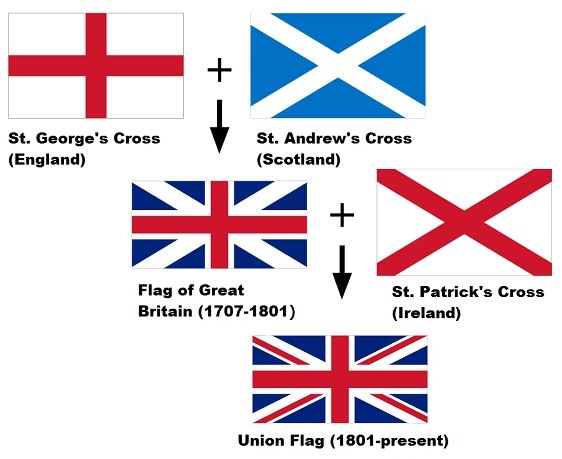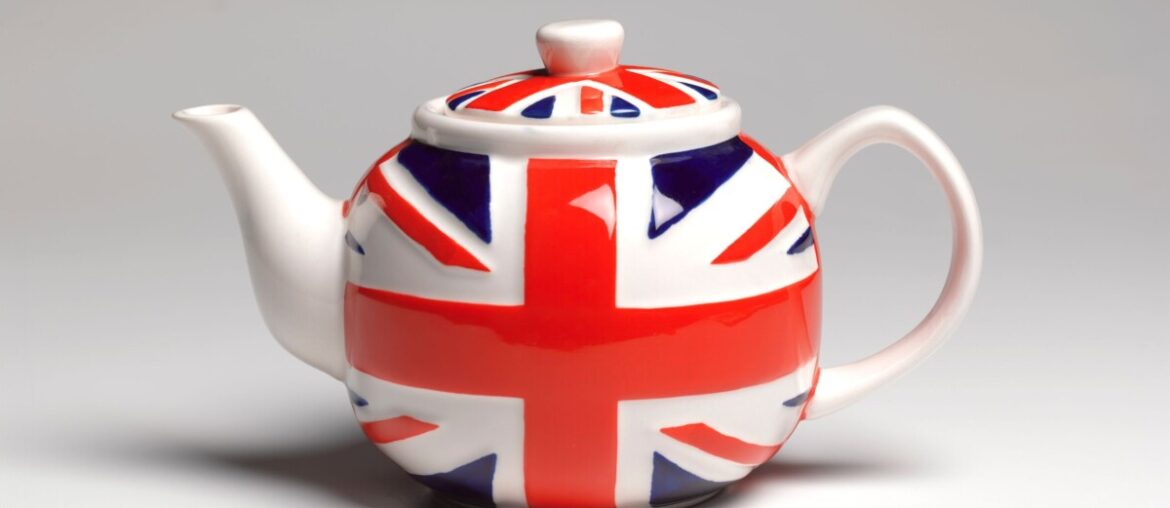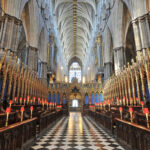Known as the Union Jack, the United Kingdom’s flag represents the unity and amalgamation of different nations under one banner.
But why is the UK flag called the Union Jack? Let’s go back to the origins of its name and look at some fascinating facts about the iconic flag.
The origin of the Name Union Jack
The term “Union” in the flag’s name symbolises the union of the kingdoms of England and Scotland in 1606. The original Union Flag combined the red cross of St. George (patron saint of England) with the white saltire of St. Andrew (patron saint of Scotland).
On 28th July 1707, during Queen Anne’s reign, the Union Flag was proclaimed the National flag of Great Britain: the National Flags of Scotland and England were united to form the flag.
The “Jack” part of the name is believed to come from the maritime tradition. A “jack” was a small flag flown from the bow of a ship, and when the Union Flag was used in this context, it became known as the Union Jack.
10 captivating facts about the Union Jack
The current design of the Union Jack combines three different national symbols: the red cross of St. George for England, the white saltire of St. Andrew for Scotland, and the red saltire of St. Patrick for Ireland.
Before the current design, there were different versions of the Union Flag. The first version in 1606 did not include the red saltire of St. Patrick, which was added in 1801 following the union with Ireland.

Despite Wales being a part of the United Kingdom, the Union Jack does not include any symbols representing Wales. This is because, historically, Wales was considered part of the Kingdom of England when the original Union Flag was created.
The name “Union Jack” became widely used due to the flag’s prominence on British naval vessels. It was flown from the jackstaff, a flagpole at the ship’s bow.
The Union Jack is not symmetrical. The white diagonal stripes are not of equal width; they are intentionally offset to avoid representing the Scottish saltire over the Irish saltire.
An upside-down Union Jack is traditionally a distress signal. However, due to the flag’s complex design, it is often hard to distinguish.
The Union Jack has influenced the design of many flags worldwide, particularly in former British colonies. For example, Australia, New Zealand, and Fiji incorporate the Union Jack in their national flags.

There are official proportions for the Union Jack, typically a 1:2 ratio. However, different sizes and versions exist for specific uses, such as on ships or government buildings.
The Union Jack’s official colours are Pantone 280 C (blue), 186 C (red), and white. These precise shades are used to maintain consistency in the flag’s appearance.
Beyond its official use, the Union Jack has become a cultural icon, appearing in fashion, music, and art. It symbolises not only the UK but also a broader British cultural identity.
The Union Jack stands as a powerful symbol of the United Kingdom’s history and unity, and hopefully, this article is a good introduction to its importance and the complex political landscape of the British Isles.
For more incredible and historical anecdotes, have a look at our selection of fantastic tours and experiences in England, Wales and Scotland. We have something for everyone to enjoy and make fabulous memories together.






